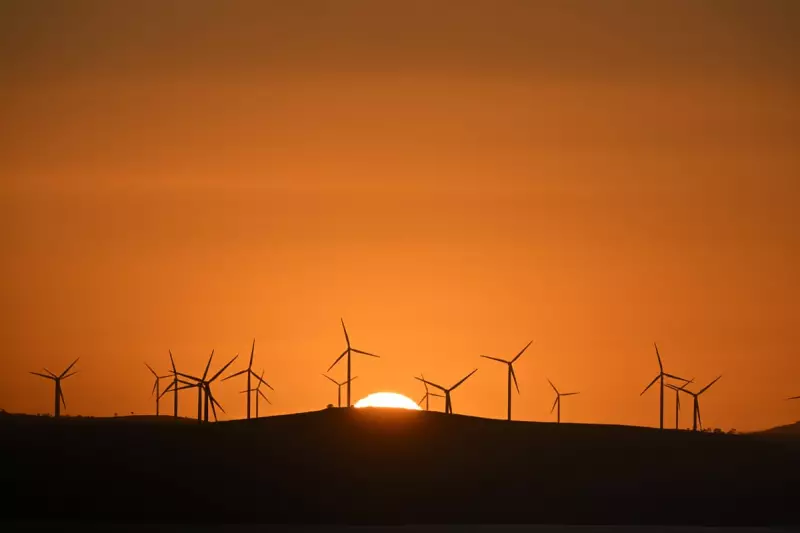
Victoria's bold push towards renewable energy has hit a financial roadblock, with the expanded transmission plan now projected to cost significantly more than initially estimated. The state's ambitious green energy transition faces mounting scrutiny as budget overruns threaten to derail progress.
Budget Blowout Raises Eyebrows
Recent reports reveal the renewable energy transmission project's costs have ballooned beyond original projections. Industry analysts point to several factors contributing to this financial strain, including rising material costs and complex logistical challenges in connecting remote renewable energy sites to the grid.
Key Challenges Identified
- Increased steel and copper prices driving up infrastructure costs
- Technical difficulties in connecting dispersed renewable generation sites
- Land acquisition and community consultation processes adding delays
- Workforce shortages in specialised construction roles
Government Response and Alternative Solutions
State energy ministers have acknowledged the cost pressures while reaffirming their commitment to the renewable transition. Energy experts suggest several approaches to mitigate expenses:
- Phased implementation of transmission upgrades
- Increased focus on localised energy storage solutions
- Public-private partnerships to share financial burdens
- Technological innovations to reduce infrastructure requirements
What This Means for Victoria's Energy Future
Despite the financial hurdles, analysts agree that delaying the transition could prove more costly in the long term. The debate now centres on finding the most cost-effective path to achieve Victoria's renewable energy targets without placing excessive burden on consumers.
The coming months will be crucial as policymakers balance environmental goals with economic realities in one of Australia's most ambitious energy transformations.





